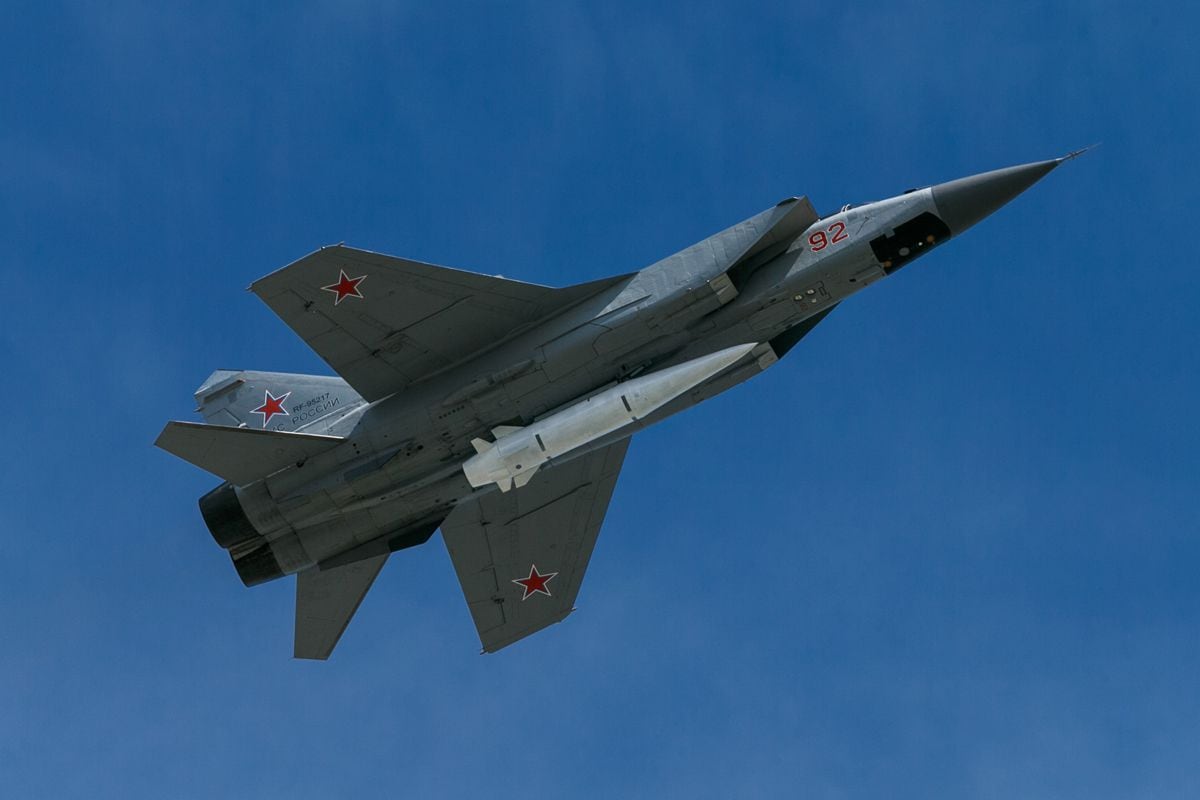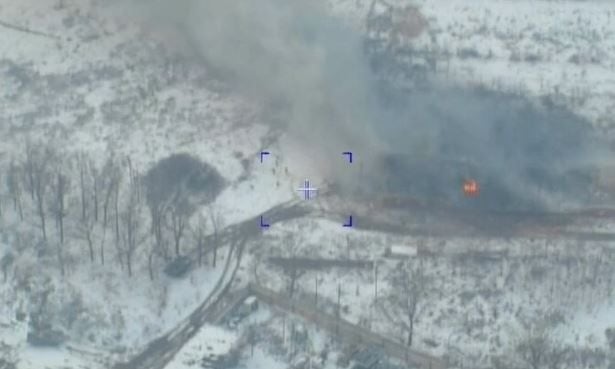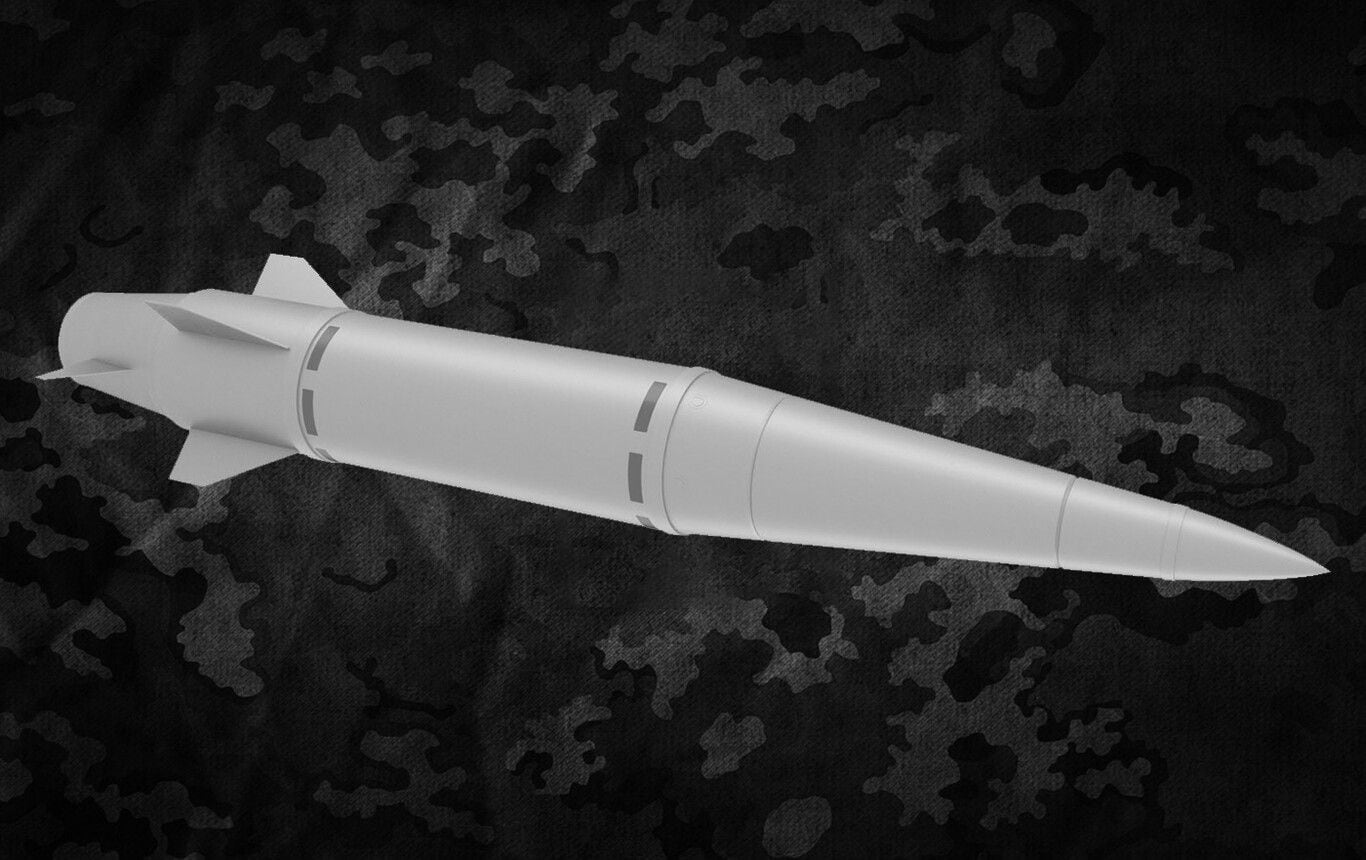
If there is one truth that is known loudly about the conflict between Russia and Ukraine, it is that Russian President Vladimir Putin did not think of encountering such fierce resistance. on Ukrainian territory and that its invasion would take more than a month without conquering the capital Kiev.
As the conflict develops and Ukraine adds military technology from European countries and the United States to increase its defenses, the Russian armed forces seek to accelerate the advance and conquer more strategic points by sending more troops and, fundamentally, increasing the number of bombardments.
In that regard, Putin is testing new weapons developed in recent years that are truly amazing and cause a real danger in terms of the level of destruction they can cause and the technology that makes them undetectable or unattainable.
One of the last Russian weapons with which various Ukrainian positions attacked is the Kh-47M2 Kinzhal hypersonic missile, which in Russian means “dagger” and has the ability to fly at Mach 5 or five times the speed of sound in some versions and in others up to Mach 10. In addition, it can load a conventional 1000-kilo bomb or a nuclear warhead and has the firing range of up to 2000 kilometers, the distance between Buenos Aires and Santiago de Chile or Sao Paulo.
The Kinzhal, a hypersonic ballistic missile that has the ability to maneuver in the air, making it very difficult to detect or neutralize by missile defense systems. It is a modified version of Russia's Iskander missile that has already been used in the Russia-Ukraine conflict several times.
A Russian Defense Ministry spokesman confirmed a week ago that Russia had used a Kinzhal hypersonic missile, or “dagger”, late last week to destroy an ammunition depot in western Ukraine. On Sunday, the Kremlin said its forces had launched hypersonic missiles for the second time, this time from airspace over Crimea, destroying a fuel storage facility in Ukraine's Mykolaiv region, according to a statement from the Russian Defense Ministry.
Weapons specialists and the governments of the United States and the United Kingdom have played down Russia's hypersonic capabilities and the degree of importance of their use on the battlefield. But for the speed they reach, their kinetic energy, it is enough to open holes even in the most reinforced warships. That's why it could be the nightmare of aircraft carriers.
In theory, a hypersonic missile could be attached to a vehicle that could briefly leave the Earth's atmosphere before re-entering and attacking a given target. This would further reduce the responsiveness of target nations.
Unlike ballistic missiles, hypersonic missiles can change their trajectory and deviate if necessary. This makes them more evasive, more threatening and more lethal. “Missile maneuvers at speeds several times exceeding the speed of sound allow it to reliably bypass all existing or developing air defense and anti-ballistic missile systems,” said in 2018 the Commander-in-Chief of the Aerospace Force, Sergei Surovikin.

What are these missiles? And what would it mean if Russia used them?
There are two main types: hypersonic cruise missiles, which work with scramjets -high-speed engines-; and hypersonic glide vehicles, which are launched from a rocket but slide towards their target.
Unlike other missile systems, which must be launched from mobile or fixed complexes, the Kh-47M2 Kinzhal operate with two models of Russian aircraft. When they are launched from the MiG-31K they can reach targets from 2,000 km away and when they do so from the Tu-22M3 up to 3,000 km, according to the news agency TASS.

Russia has been pursuing hypersonic weapons since the 1980s, but has accelerated its efforts in response to the US withdrawal from the Anti-Ballistic Missile Treaty in 2002 and US defense missile deployments on US soil and in Europe, the CRS report notes. In addition to Kinzhal, Russia is working on two other hypersonic weapons programs: the 3M22 Tsirkon (or Zircon) and the Avangard.
Moscow claims that its lethal 'Kinzhal' rockets cannot be stopped by Western missile defense systems. Video shot from a military drone reportedly shows the moment when a large Ukrainian ammunition depot in Ivano-Frankivsk was hit by a deadly Russian Kinzhal hypersonic missile. “The Kinzhal aviation missile system with hypersonic aerobalistic missiles destroyed a large underground warehouse containing missiles and aviation ammunition in the village of Deliatyn in the Ivano-Frankivsk region,” Kremlin spokesman Igor Konashenkov confirmed, adding that the “unstoppable” weapon was deployed on Friday.
This is the first time that the new Kinzhal has been known to be used in the conflict with Ukraine. It was previously “tested” in Syria in conditions of war.

President Putin previously called the missile “an ideal weapon” that flies at 10 times the speed of sound and cannot be shot down by conventional air defense systems. “It has a range of 1250 miles and is unrivaled in the West,” according to Moscow. Last month, President Vladimir Putin warned that Russia had stocked “unmatched” hypersonic missiles.
Putin first announced the lethal Kinzhal missiles as part of an exhibition of new Russian weapons in 2018. At that time, the Russian president said about the West: “They need to take into account a new reality and understand that this is not a hoax.”
Russia's use of military weapons was a warning to both Ukraine and the West that it “has the means to escalate” the conflict even further, a defense expert said. “The speed of the Kinzhal puts it beyond the reach of any Ukrainian air defense system, and the launch pads can be launched from ranges beyond the reach of Ukraine,” said Dr. James Bosbotinis, an armament specialist.

These missiles are a fairly novel type of weapon in the world military branch. Few countries in the world have the capacity to develop, build and operate such weapons. Among them are China, which did its first tests in October last year, and Russia, which put them into service in 2017.
Meanwhile, the United States has been researching hypersonic weapons since the early 2000s and is developing them under the Navy's Conventional Prompt Strike program, as well as other programs under the Air Force, the Defense Advanced Research Projects Agency and the Army.
Infographics: Marcelo Regalado
KEEP READING:
Últimas Noticias
Debanhi Escobar: they secured the motel where she was found lifeless in a cistern
Members of the Specialized Prosecutor's Office in Nuevo León secured the Nueva Castilla Motel as part of the investigations into the case

The oldest person in the world died at the age of 119
Kane Tanaka lived in Japan. She was born six months earlier than George Orwell, the same year that the Wright brothers first flew, and Marie Curie became the first woman to win a Nobel Prize

Macabre find in CDMX: they left a body bagged and tied in a taxi
The body was left in the back seats of the car. It was covered with black bags and tied with industrial tape
The eagles of America will face Manchester City in a duel of legends. Here are the details
The top Mexican football champion will play a match with Pep Guardiola's squad in the Lone Star Cup

Why is it good to bring dogs out to know the world when they are puppies
A so-called protection against the spread of diseases threatens the integral development of dogs




